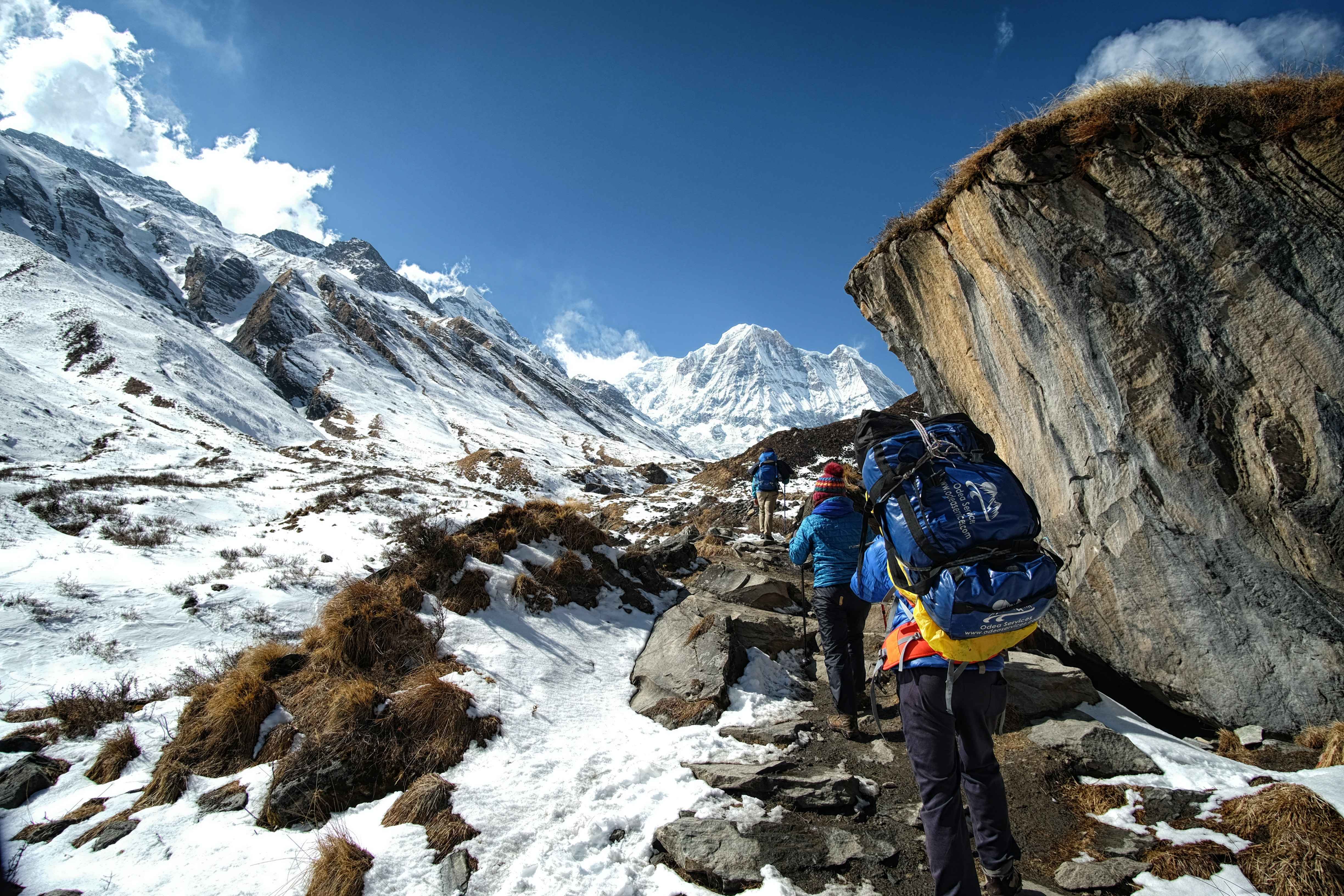Nepal is famous for its breathtaking scenery and challenging trekking trails. Not only that, its towering peaks, spectacular landscapes, and rich cultural tapestry, provide a wide range of trekking experiences to suit the needs of explorers of all skill levels. Whether it's the Everest Base camp trek or the upper Mustang trek, each promises breathtaking views, interactions with various flora and fauna, and immersive cultural experiences. So here are some highly recommended trekking destinations in Nepal in 2024.
What's the weather like in Nepal?
Spring season in Nepal(which lasts from March to May) is one of the suitable times to explore Nepal. This is also the time when the enchanting rhododendron blossoms throughout the woods. It is ideal for excursions and peak scaling. The temperature and atmospheric circumstances are also ideal. Autumn is also suitable for trekking as it provides us with relatively nice weather after monsoon especially in less affected areas like Upper Mustang and Annapurna region.
June, July, and August are monsoon months(Summer), which are cloudy, rainy, and muddy. But, it is the ideal season for environment lovers and botanists. And, you will also get enormous hotel discounts during these seasons. Rain-shadowed areas like the Upper Mustang are still available for exploration during this period. During winter(Nov-Feb), it is not as recommended as Spring because the temperature in Mountain Reason drops significantly making it much harder to trek. Despite being snowy and cold weather, this season does offer stunning panoramic views of Mountain ranges.
Trekking destinations in 2024?
There are many Trekking destinations in Nepal to choose from but here are a few popular ones listed below:
1. Upper Mustang:
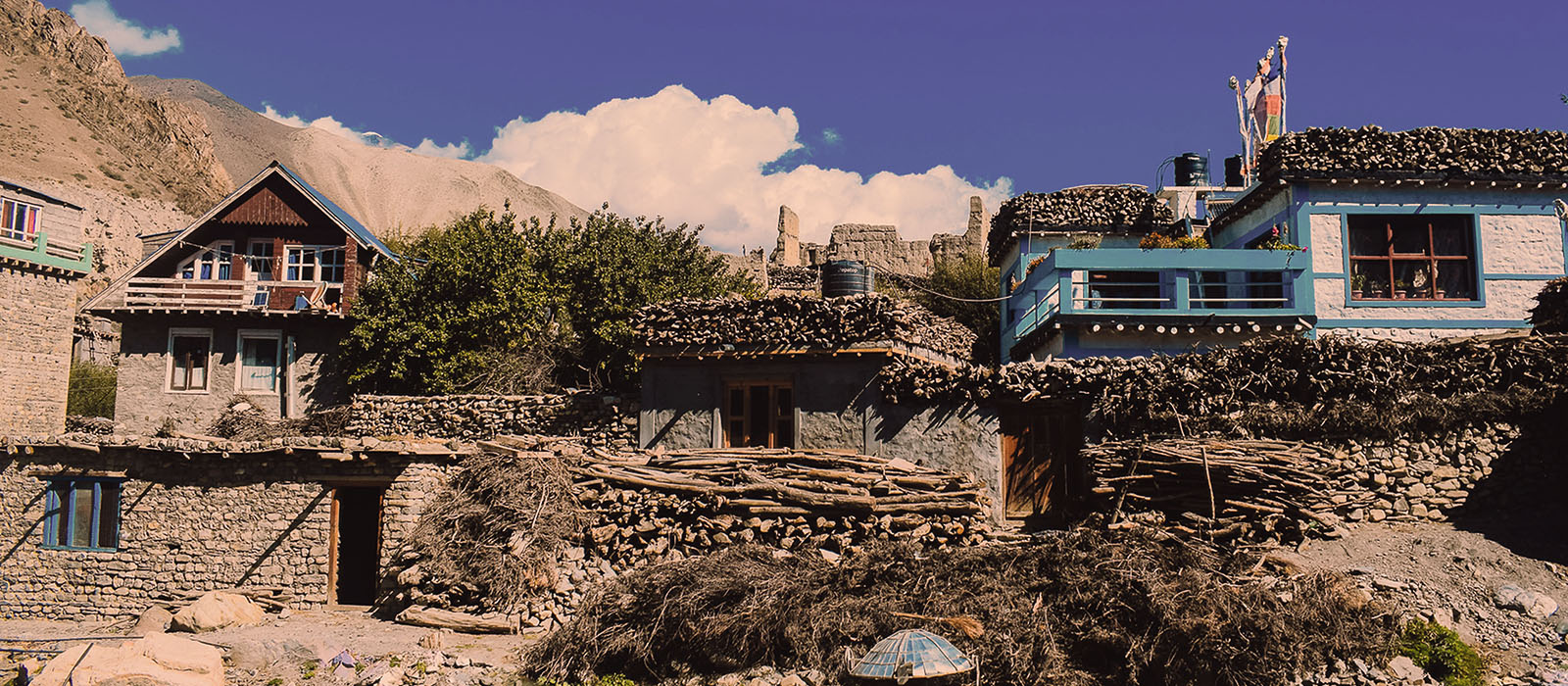
Max Altitude: 3760m
The Upper Mustang is a must-visit area, which falls under the beautiful Annapurna range's rain shadow. Due to this, this trip offers a pleasant, dry, and well-lit view of this region. The long, warm, bright days and superb visibility, make this a wonderful experience. Especially because the track is in wonderful condition.
Almost all paths leading into the Upper Mustang area begin in Jomsom. Most tourists travel between Pokhara and Jomsom to save time and escape the long bus or jeep ride. Kagbeni is the designated checkpoint for the restricted area. The upper Mustang journey takes about 12-14 days to finish.
Permits required:
You will need mainly Three types of permits for this trek and all these permits are provided only by authentic travel agencies and no freelancer guide can provide you with these documents.
- Annapurna Conservation Area Project(ACAP): Nrs 3000 per person and no additional payment is charged for extra days.
- Upper Mustang Restricted Area Permit(RAP): USD 500 per person for 10 days. Plus an addition of USD 50 per person per day after the 10-day mark.
- TIMS(optional): Nrs 3000 per person for non-SAARC tourists and Nrs 1000 for SAARC trekkers.
(Note: TIMS is necessary for the safety of the porters and guide)
2. Langtang Region Trek:
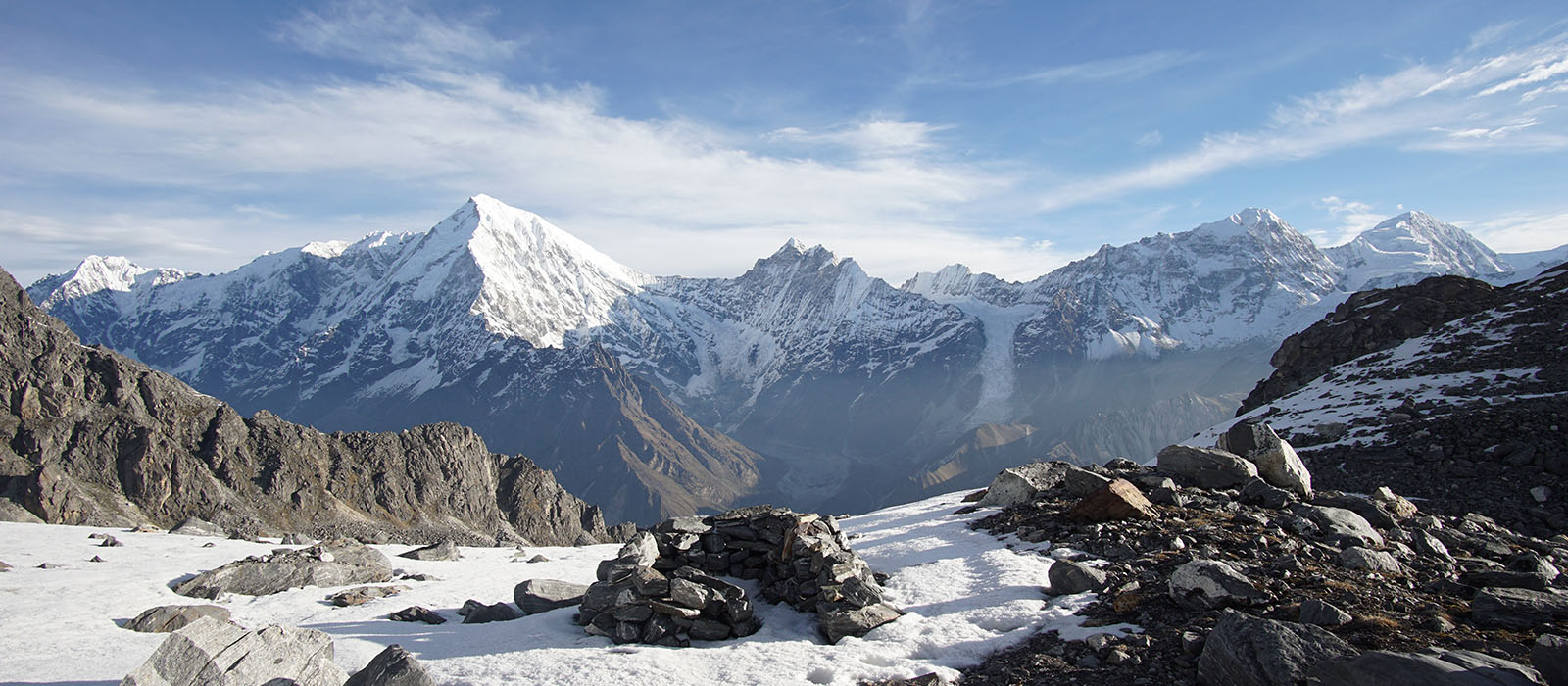
Max Altitude: 7,205 m
Treks to Langtang provides you with the stunning vistas of Langtang National Park. It rewards you with gorgeous wildflowers, making the journey worthwhile. Especially during June - August. you are also provided with stunning views of Tserko Ri at dawn. Not only that but in Langtang, you can also buy famous dairy products and visit local yak farms.
The journey begins in Syabru Besi and concludes in Kaynajin Ri. The path goes through Tamang villages, river-powered prayer wheels, and natural springs. As the height rises, you catch your first sight of the Langtang Ri. This will leave you wanting more of the snow-capped mountain scenery. This trek will take about 10-15 days.
Permit required:
To enter the Langtang region, you will need 3 types of Permits which are only provided by registered agencies.
- Shivapuri National Park permit: Nrs 1000 Per Person for each Foreigner
- Langtang National Park Permit: Nrs 1000 Per Person for each Foreigner
- TIMS(optional): Nrs 3000 per person for non-SAARC tourists and Nrs 1000 for SAARC trekkers.
(Note: TIMS is necessary for the safety of the porters and guide)
3. Everest region trek:
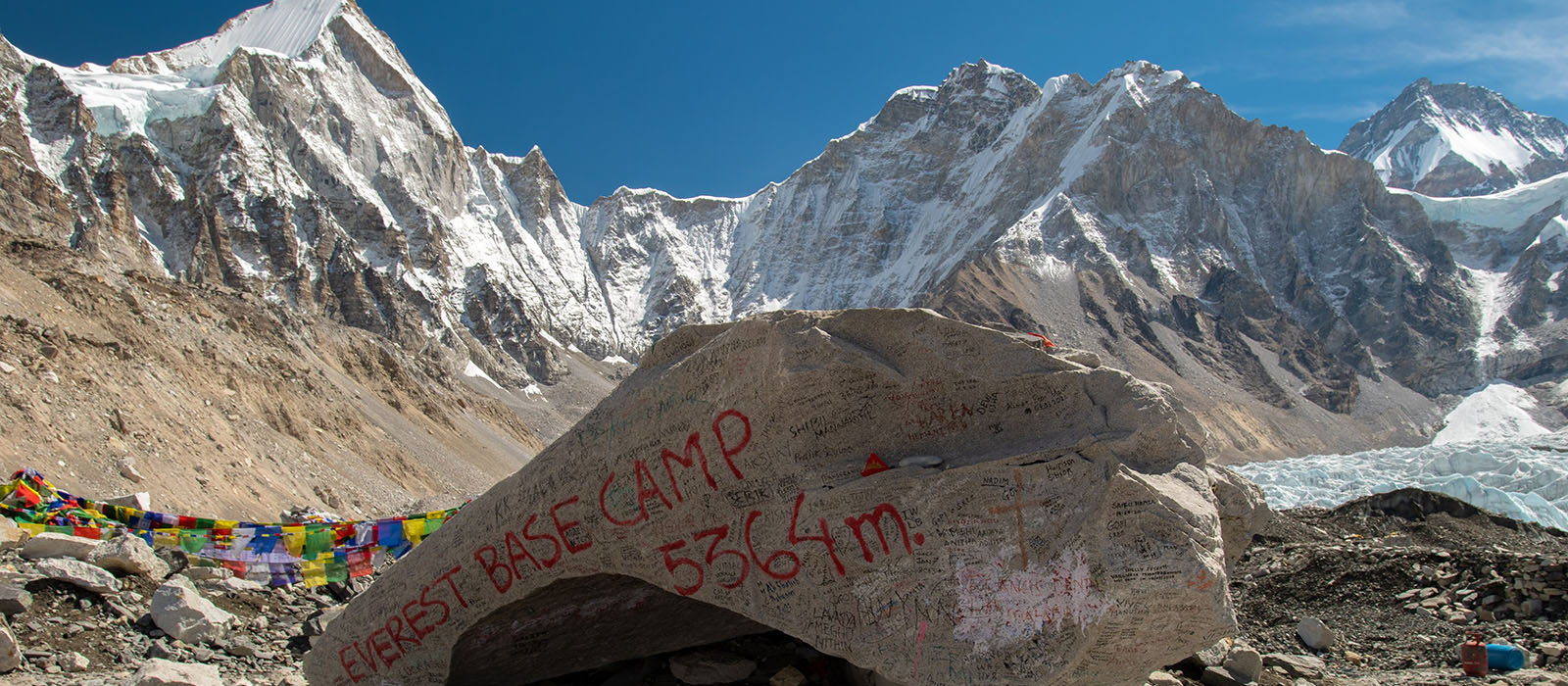
Max Altitude: 5545m
When people travel to Nepal, most of them look forward to trekking the Everest region. This journey is best done in the summer because it is impossible to complete in the winter. It is also regarded as one of the most scenic and traveled routes in the globe. The journey is also known as Nepal's finest hiking path because of the amazing view of the mountains. The Everest Base Camp Trek requires an average of 12 to 16 days to finish.
The journey to Everest Base Camp begins in Lukla. Following that, the trail takes you through Phakding, Namche Bazar. Then you will head to Tengboche, Dingboche, Lobuche, and finally Gorek Shep. The Everest Base Camp path is one of the most straightforward in Nepal's hiking region. This trek requires an average of 12 to 16 days to finish.
Permit necessary:
There are a total of four necessary permits required for the Everest region which can be easily obtained from registered traveling agencies in Nepal.
- Khumbu Pasang Lhamu Rural Municipality Entrance Permit: NPR 2000 Per Person for each foreigner.
- Sagarmatha National Park Entry Permit: NPR 3000 Per Person for each Foreigner
- Additional Permit for Jiri to Everest Base Camp Trek: NPR 3000 Per Person for each foreigner.
- TIMS(optional): Nrs 3000 per person for non-SAARC tourists and Nrs 1000 for SAARC trekkers.
(Note: TIMS is necessary for the safety of the porters and guide)
4. Annapurna Circuit Trek:
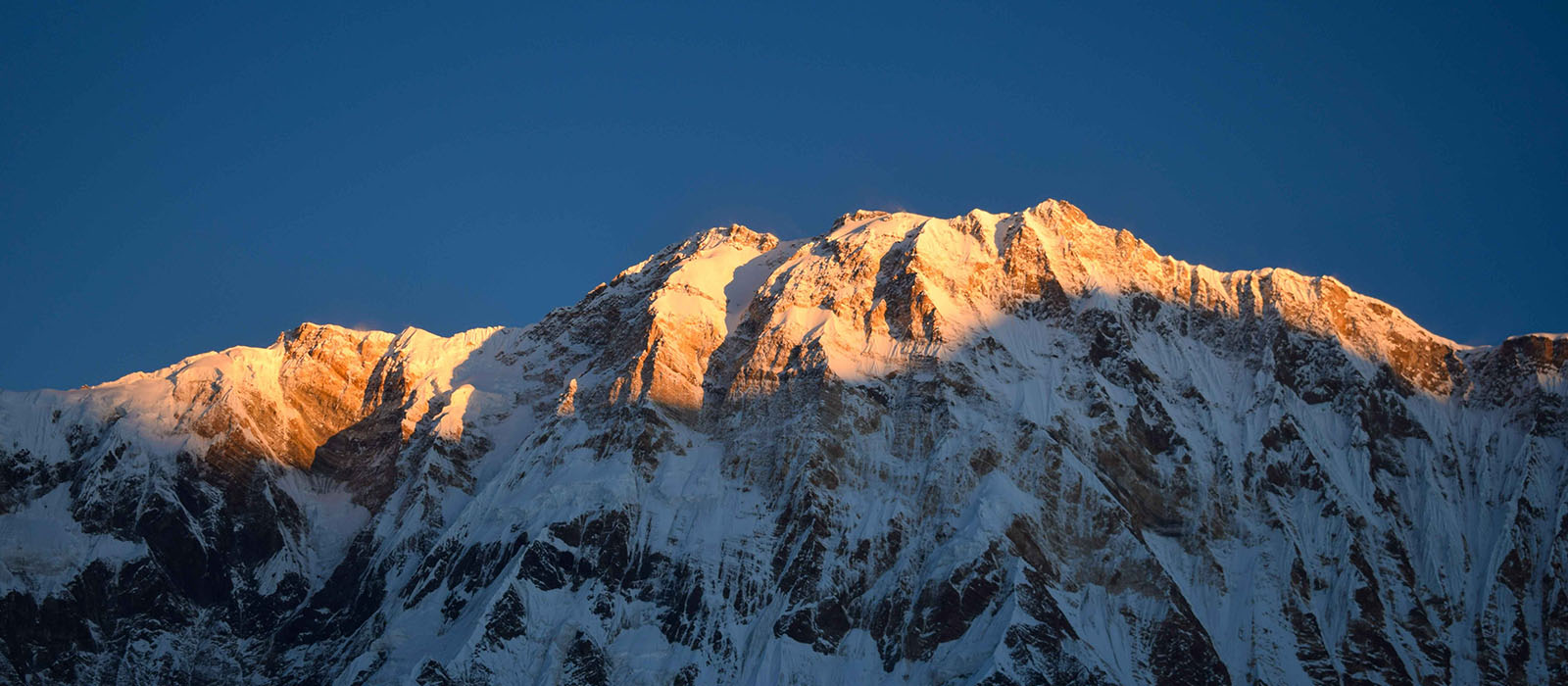
Max Altitude: 5,416 m
The Annapurna Circuit trip is a well-known trip in Nepal and is popularly done during the summer season. This trip is unique in the Annapurna region. This is because it includes travel to Manang and the Lower Mustang region. These regions are where the chances of monsoon rain are minimal. Monsoon rain may only fall when traveling from Kathmandu to Chame. Once in Pisang, the area is a massive desert, with bright skies even in the summer. Furthermore, in the summer, the path is less crowded, more peaceful, and simpler to find lodging.
The journey starts in the Marshyangdi river basin at Besisahar. It ends in the Kali Gandaki Gorge. Besisahar is about a seven-hour journey from Kathmandu. The path takes you through paddy fields, subtropical woods, waterfalls, and massive mountains. The Annapurna Circuit is a long-distance hiking path that takes 12 to 22 days to complete.
Permit required:
There are 2 types of permits necessary for this trek and can be provided by authentic travel agencies.
- Annapurna Conservation Area Permit (ACAP): Nrs 3000 per person.
- TIMS(optional): Nrs 3000 per person for non-SAARC tourists and Nrs 1000 for SAARC trekkers.
(Note: TIMS is necessary for the safety of the porters and guide)
5. Dolpa region trek(upper):
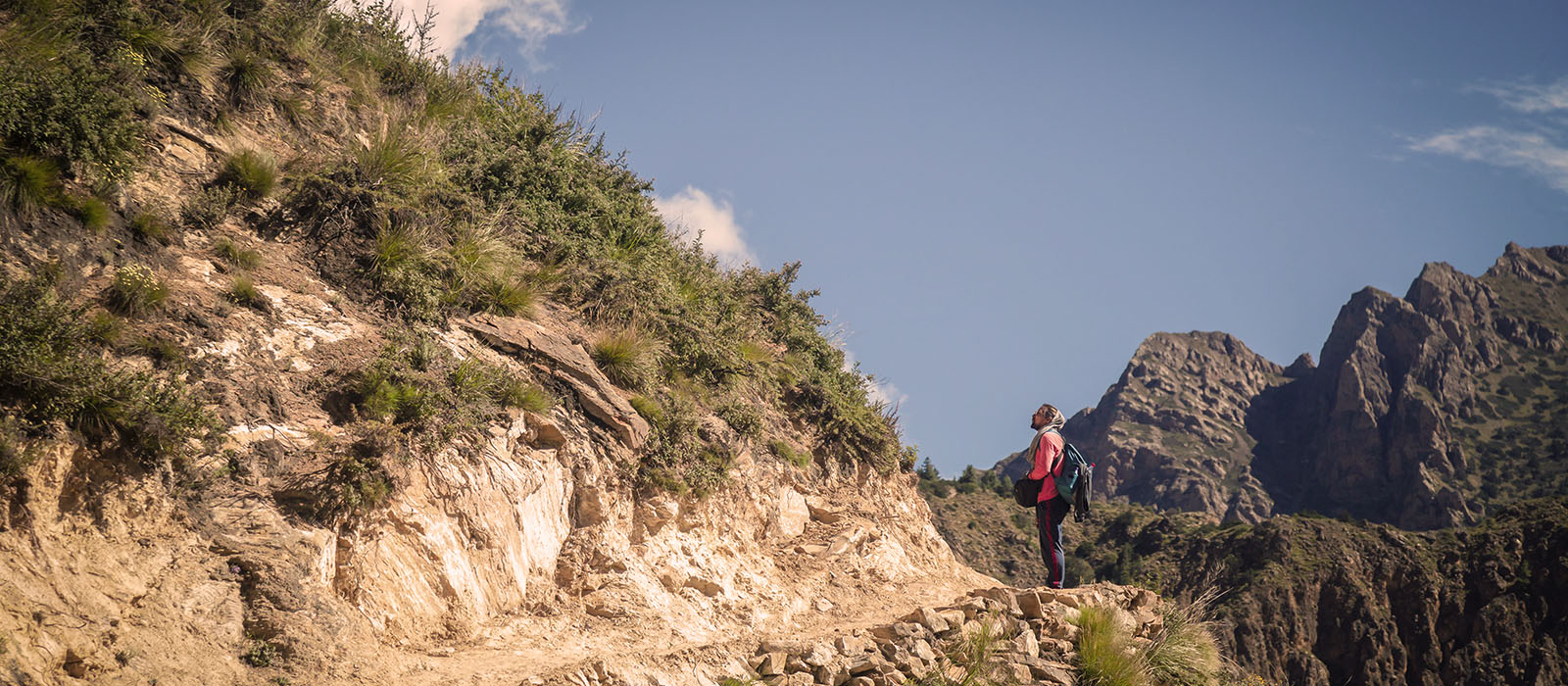
Max Altitude: 5375 m
Dolpa area is an excellent choice for a Himalayan region trek. It has landscapes and surroundings that are comparable to Upper Mustang. Dolpa Trek is lengthier than the Upper Mustang Trek. Because of this, it is one of the longer summer season treks. So, if you have a long summer holiday and want to discover a remote part of Nepal, Dolpa Trek is the best option. The Dolpa region is still far from contemporary culture and facilities. As a result, this journey will provide you with an authentic hiking experience in Nepal.
The walking path begins in Juphal and finishes in Jomsom. You can travel to Jomsom, then to Pokhara, and then to Kathmandu. This brings the journey to an end. The Dolpa area trek requires 25-26 days to complete.
Permit required:
You will need 3 different types of permits for Dolpa trek. Only registered agencies can provide you with these documents.
- Upper Dolpo Special Permit: USD500 per person for the first 10 days of the trip. Additional USD 50 per person /Day beyond the 10-day mark.
- Shey Phoksundo National Park Entry Permit: Nrs 3000 per person and no extra charges for additional days.
- TIMS(optional): Nrs 3000 per person for non-SAARC tourists and Nrs 1000 for SAARC trekkers.
(Note: TIMS is necessary for the safety of the porters and guide)
More extensive and in-depth information on each trekking destination in Nepal listed above is available on our website itinerary. So do check that out.


